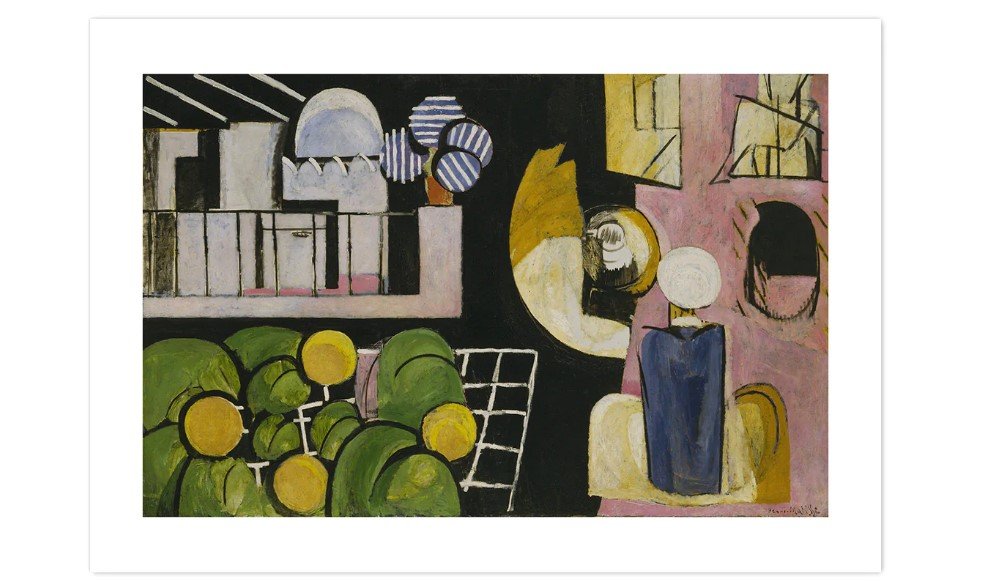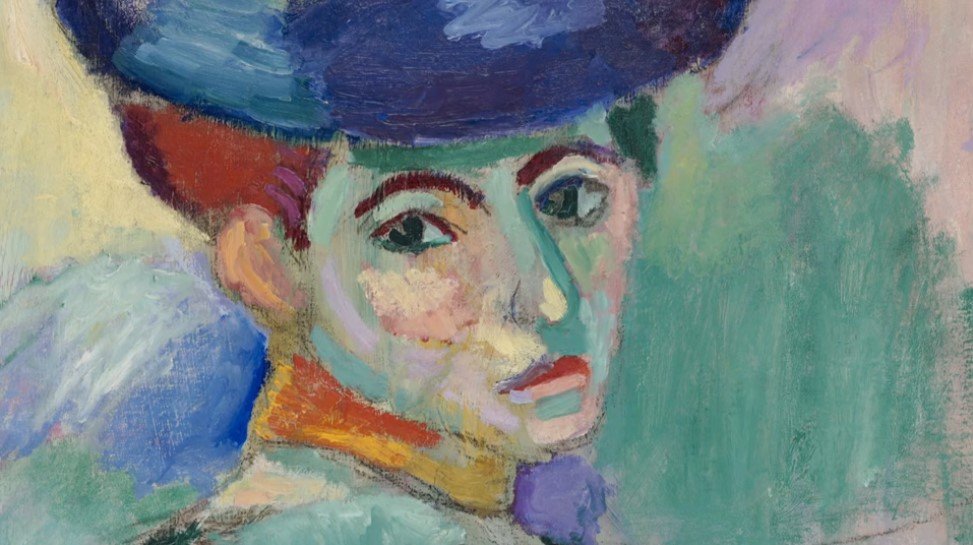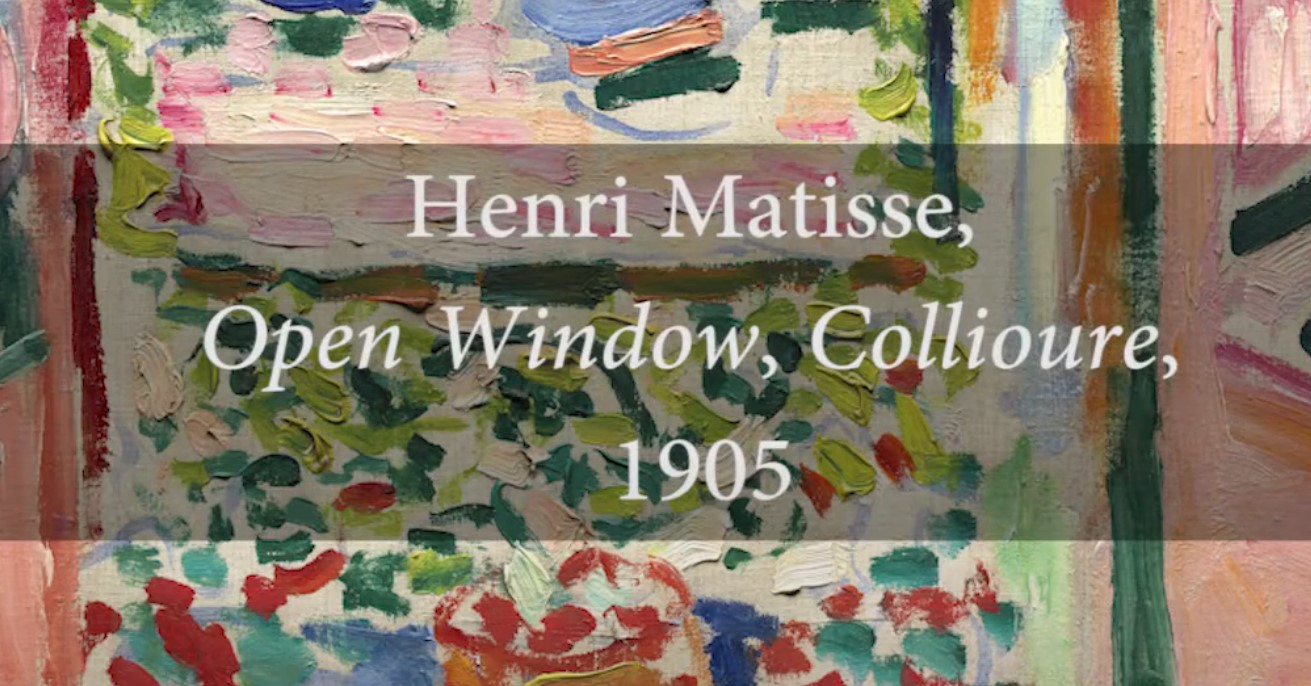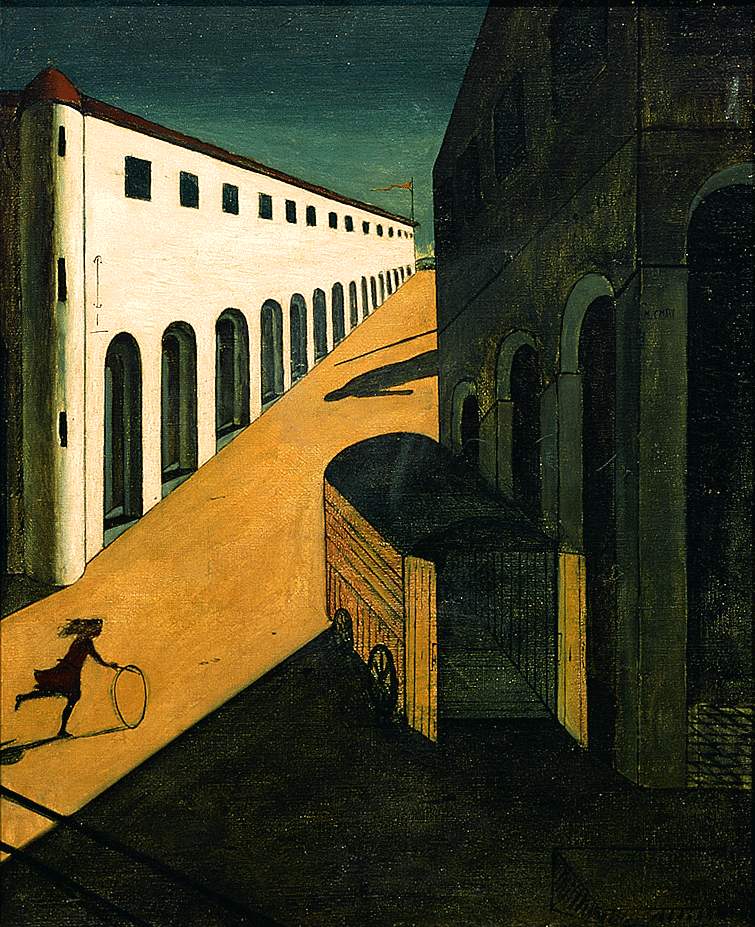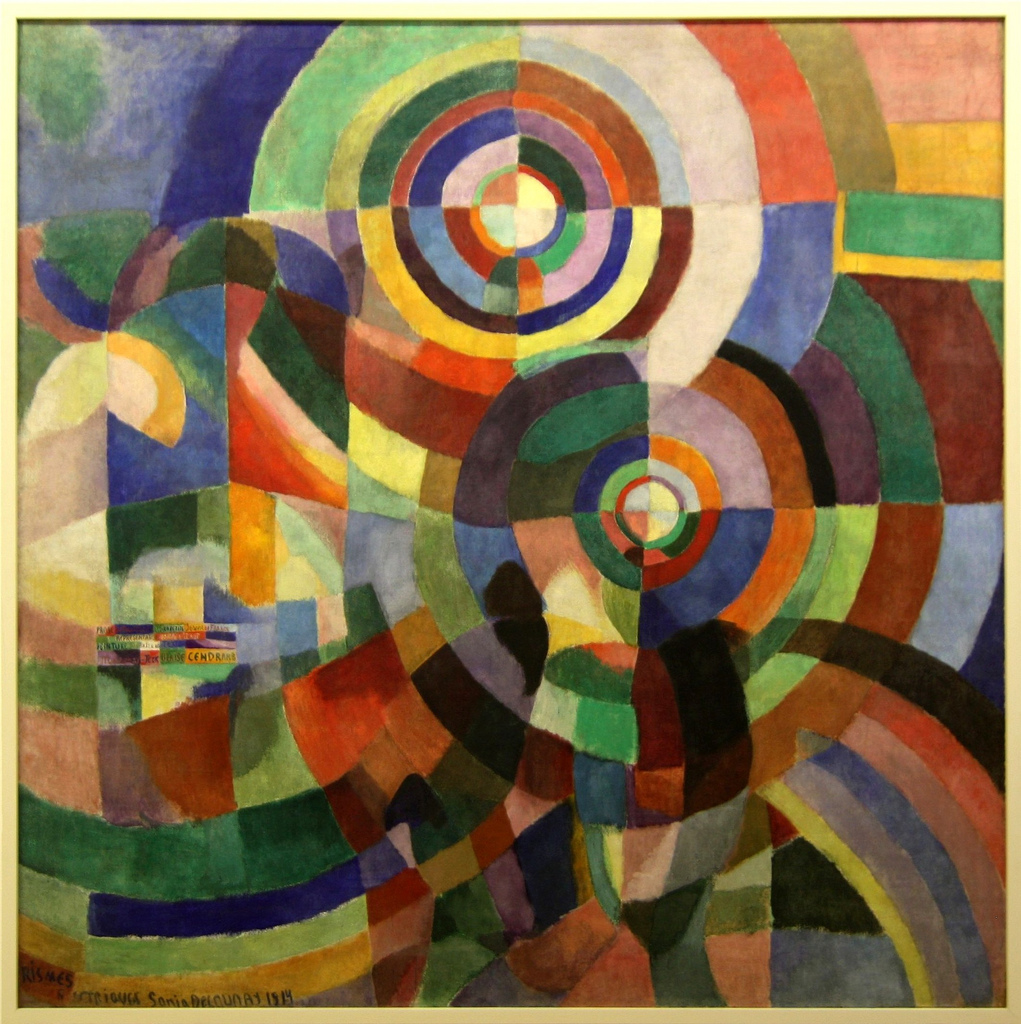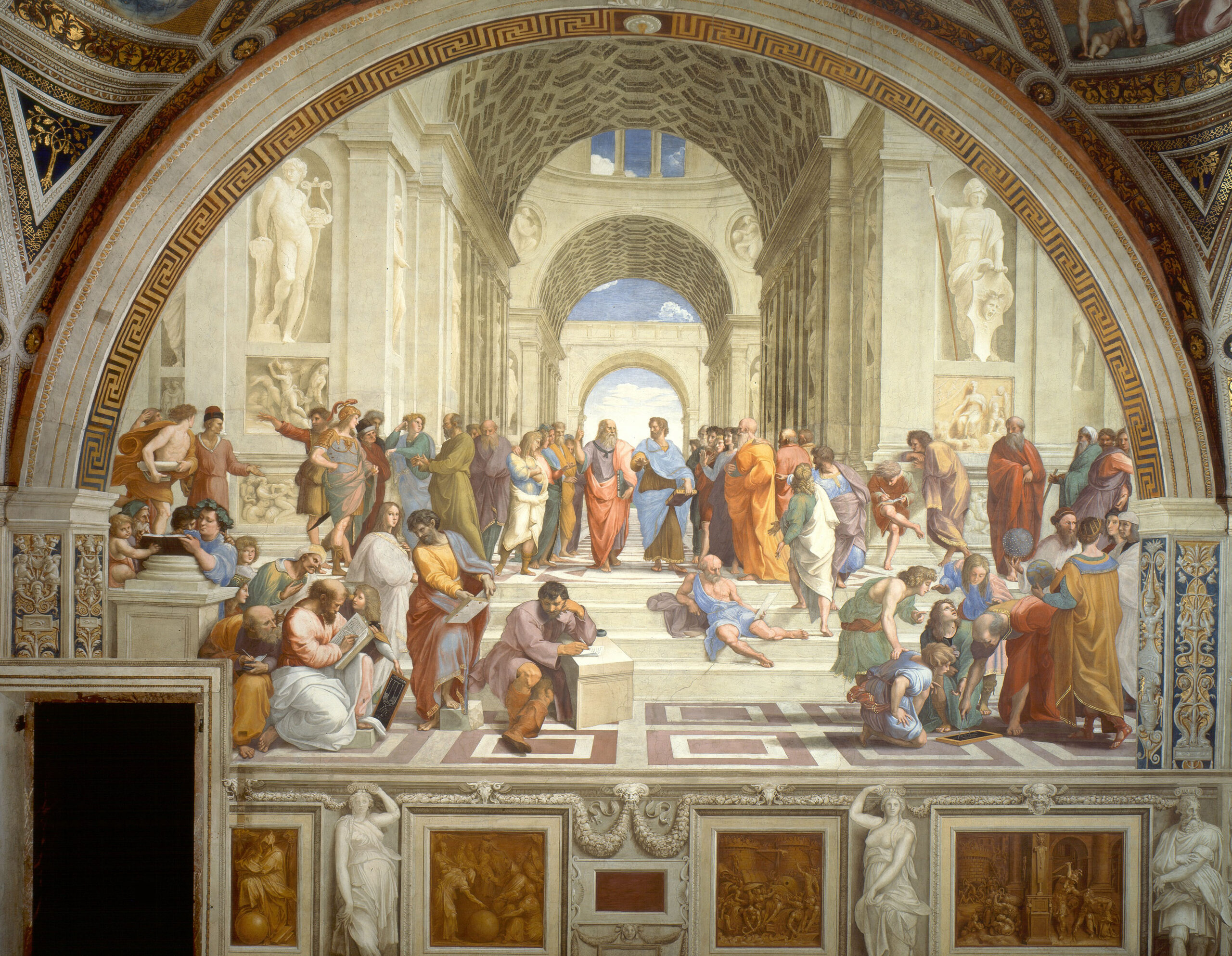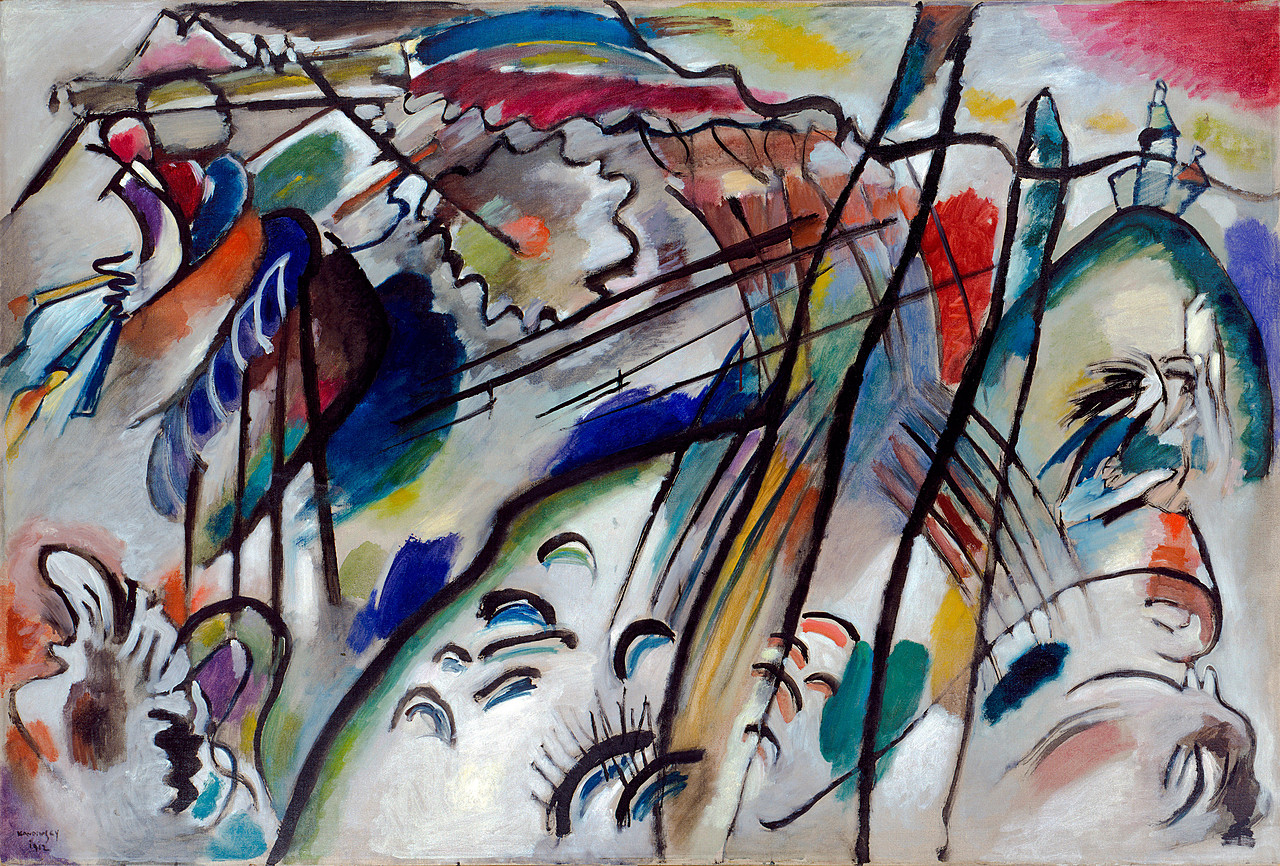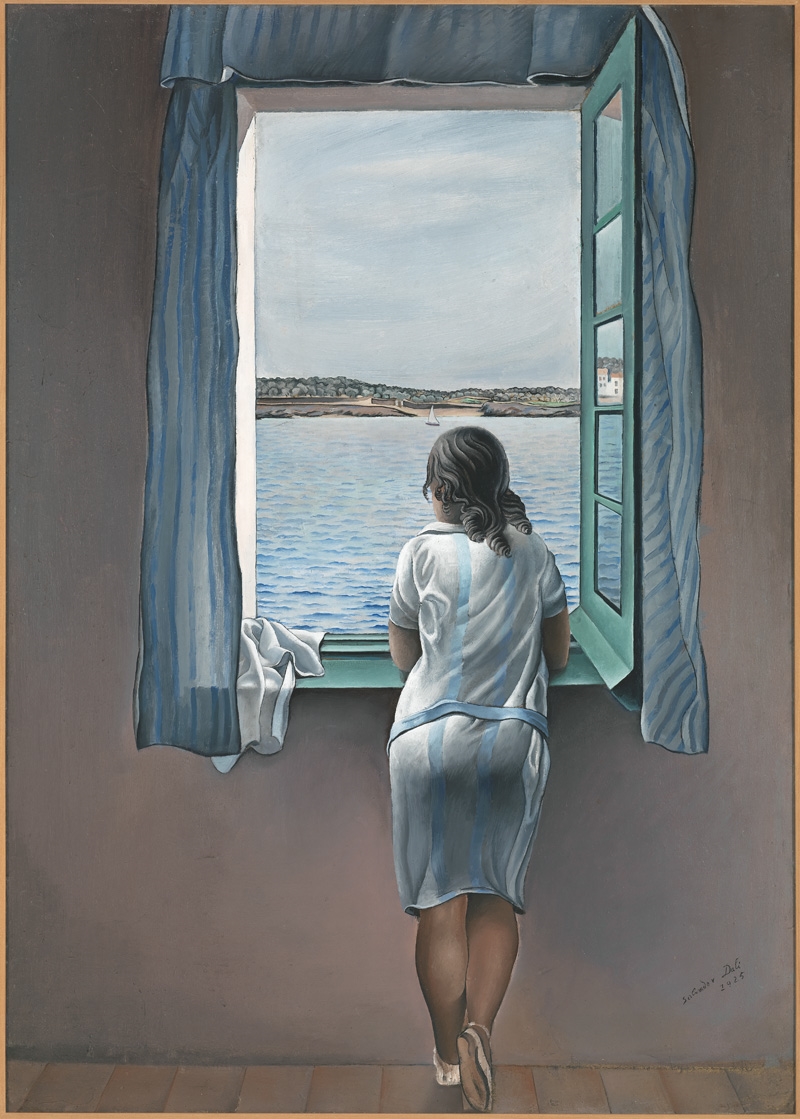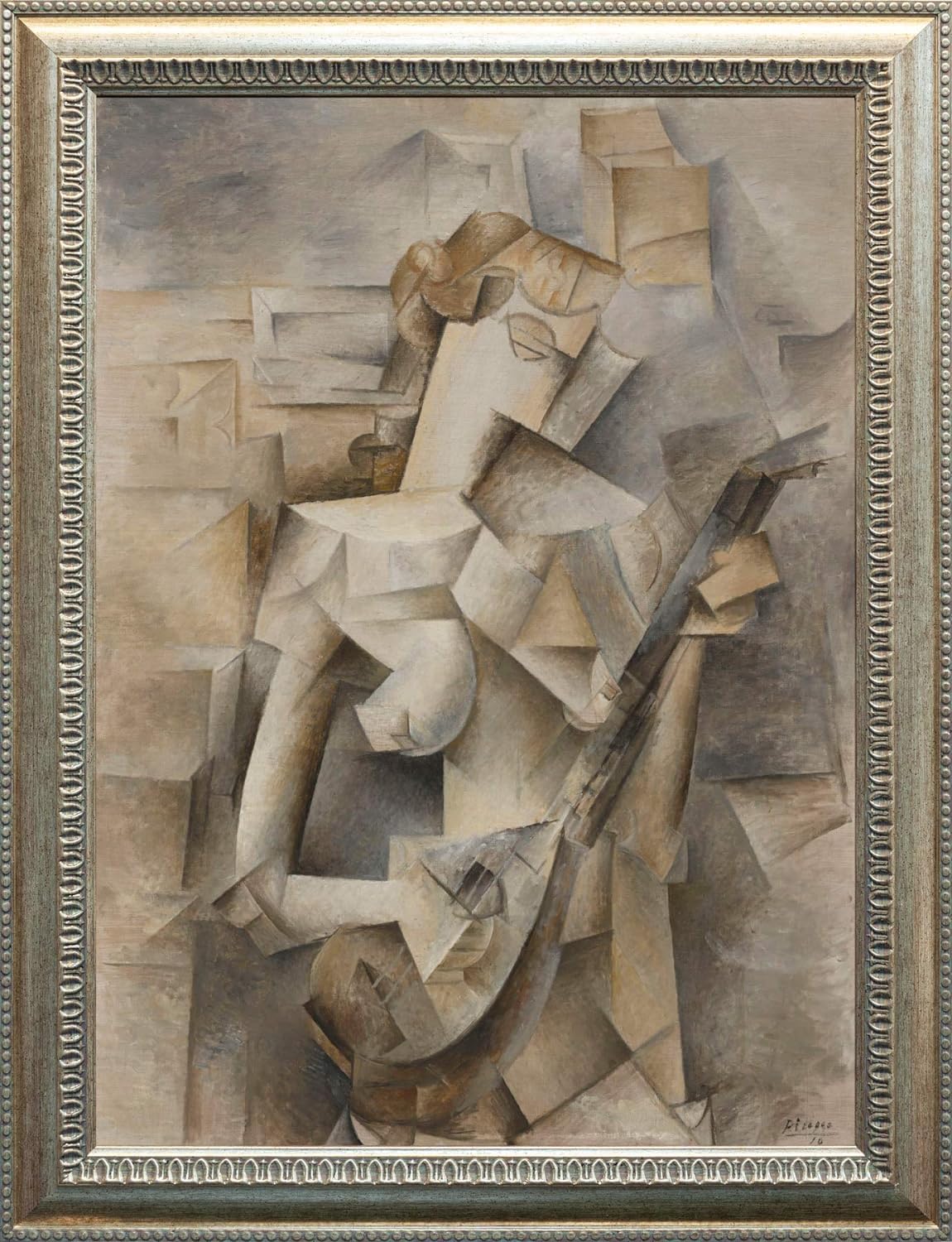The masterful work of Henri Matisse, recognised as the 20th century’s master of colour, has left a profound impression on the art world, and his monumental creation, «The Moroccans» is no exception. In this article, we venture to explore the complexities and diverse interpretations surrounding this iconic painting, whose visual richness has captivated global audiences.
Thus, we embark on an exploration of «The Moroccans», unravelling its meaning and revealing how Matisse manages to fuse his fascination with Morocco with the mastery of colour and form that characterise him as one of the greats of art history.
Tabla de contenidos
- The journey that influences Matisse’s The Moroccans
- Structure of the work The Moroccans by Matisse
- The Moroccans 1916 by Henri Matisse
- The Moroccans of Matisse The Legacy
The journey that influences Matisse’s The Moroccans
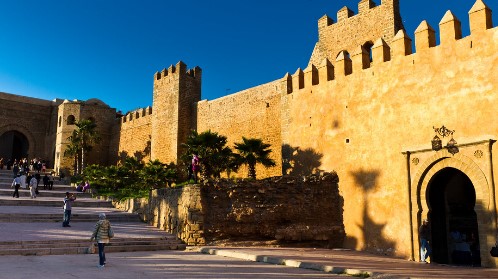
In 1912, Matisse undertook a transformative journey to Morocco that profoundly influenced his art. «The Moroccans» is the result of this journey, a work that fuses the academic tradition with the avant-garde of Cubism. Pictured left Entrance to the Kasbah in Morocco, inspired the Moroccans and other works by Matisse.
A vibrant black
Matisse invites us on a journey through his fascination with Morocco, masterfully captured in his work. The piece not only evokes the warm sunlight and tropical heat of the region, but also defies convention by presenting an enveloping black background, described by Matisse himself as a «grandiose black», as vibrant as the other colours that make up the work. This intriguing contrast initiates a close analysis of the work, where every element, from architecture to nature to figures, is woven into a unique visual narrative.
This dense, absolute black creates a tangible space, as palpable as any object. Matisse used this tone masterfully to achieve a measured gravity and drama, without resorting to the illusion of depth that was once necessary to achieve such artistic grandeur.
Structure of the work The Moroccans by Matisse
The Challenge of Cubism
Matisse was inspired by the vibrant light and captivating colours of Morocco. At the same time, he was confronted with the challenge of Cubism, the most important artistic advance of the time. «The Moroccans» synthesises his memories of Morocco by combining the intellectual rigour of Cubism with the larger scale and richer palette of his own art.
Authenticity & Modernity
In this masterpiece, he fuses the modernity of cubism with the warmth and authenticity of Morocco, creating a unique piece that transcends stylistic and geographical boundaries. «The Moroccans» stands as an artistic testament to Matisse’s ability to capture the essence of a place, fusing the avant-garde with tradition in a harmonious dance of light, colour and form.
Iconic elements
The work unfolds in three distinct parts: at the top left, an architectural section featuring a rooftop with a flowerpot and behind it the imposing dome of a mosque. On the lower left are four yellow melons with green leaves. Finally, in a figural scene, we see an Arab man seated with his back turned. To his right is a doorway with a round arch, and in the upper windows are traces of figures that add mystery and depth.
The painting, of imposing dimensions. Although it apparently defies compositional laws, Matisse achieves a unique visual harmony. The black background, a key element, acts as the backbone linking the three parts.
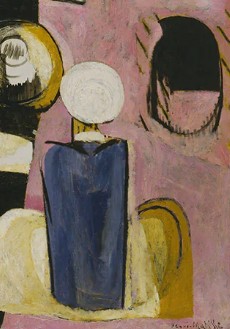
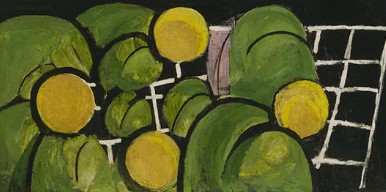
The indecipherable form on the left of the man has been interpreted as a male djellaba and a circular turban, emblematic elements of Moroccan culture. Matisse’s ability to capture the essence of Moroccan dress and architecture reveals his deep commitment to authenticity and cultural richness.
Buildings
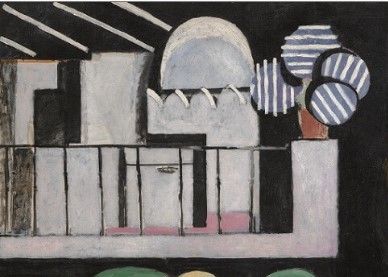
Matisse uses the circular motif in domes, blue flowers, melons and the bodies of the faithful to create cohesion. The image as a whole is a unique distillation of the artist’s feelings during his stay in Morocco.
The lower left quadrant is questioned
The interpretation of «The Moroccans» has evolved over the years. From figures praying to the possible depiction of fruits and leaves, each observer has found his or her own connection.

The lower left part of the painting has been the subject of controversy, especially the interpretation of the faithful praying. The curatorial department’s official response highlights the difficulty of describing the painting and reveals Matisse’s intention to explore colour and contrasts.
The Moroccans 1916 by Henri Matisse
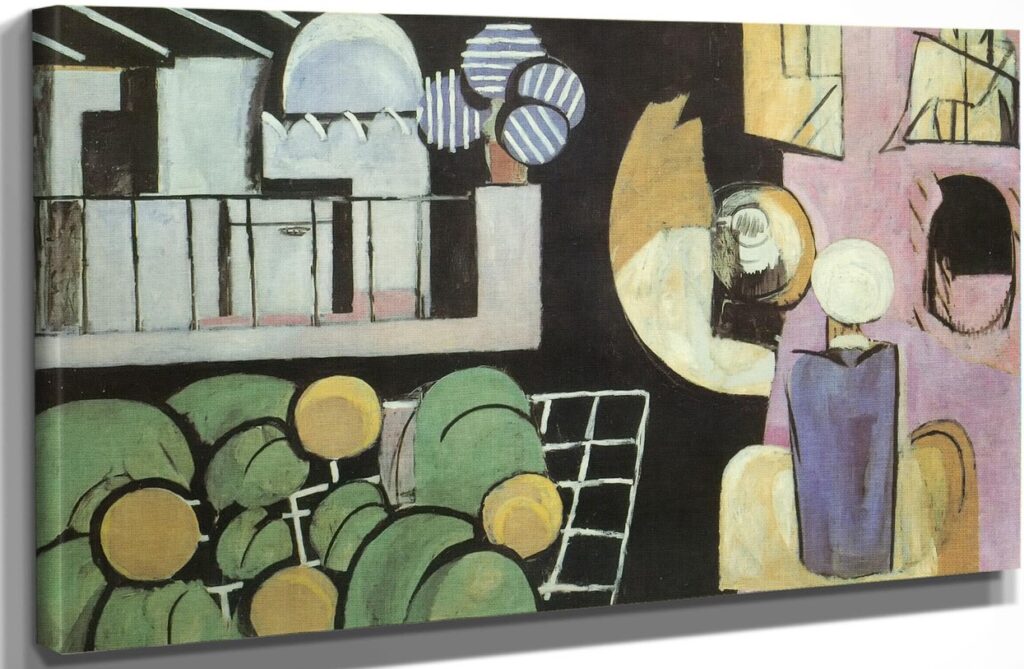
Media: oil, canvas
Date: 1915 – 1916
Style: Cubism
Location: Museum of Modern Art NY, US
The Moroccans of Matisse The Legacy
More than 100 years old, «The Moroccans» is still relevant. Multiple interpretations and reflections on the social and political context have enriched the public conversation about this masterpiece by Matisse. It endures as a constantly evolving artistic gem. Its rich history, changing interpretations and impact on modern art make it a fascinating study of Matisse’s mastery and ability to challenge artistic conventions.
Other works by the Artist:

